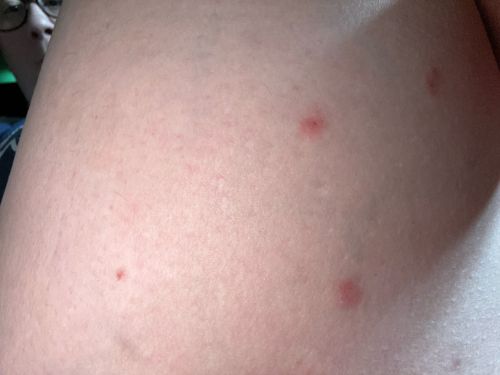Mosquito
Scientific Name: Culicidae
Order & Family: Diptera, Culicidae
Size: 3 mm to 10 mm (0.1 to 0.4 inches)

Natural Habitat
Globally distributed, common in warm, humid climates, near stagnant water sources (ponds, swamps, containers) for breeding. Can be found in both urban and rural environments.
Diet & Feeding
Adult female mosquitoes feed on blood to obtain protein for egg development. Male and female mosquitoes also feed on nectar and plant juices for energy.
Behavior Patterns
Mosquitoes are most active at dawn and dusk. Females bite hosts to obtain blood meals, often leaving itchy red welts. They lay eggs in or near water. Larvae and pupae develop in water before emerging as adults.
Risks & Benefits
Risks: Mosquitoes are vectors for numerous diseases including Malaria, Dengue Fever, Zika Virus, West Nile Virus, and Chikungunya, posing significant public health threats. Benefits: Serve as a food source in aquatic ecosystems for fish and other insects, and adult mosquitoes can act as pollinators for some plants.
Identified on: 9/6/2025